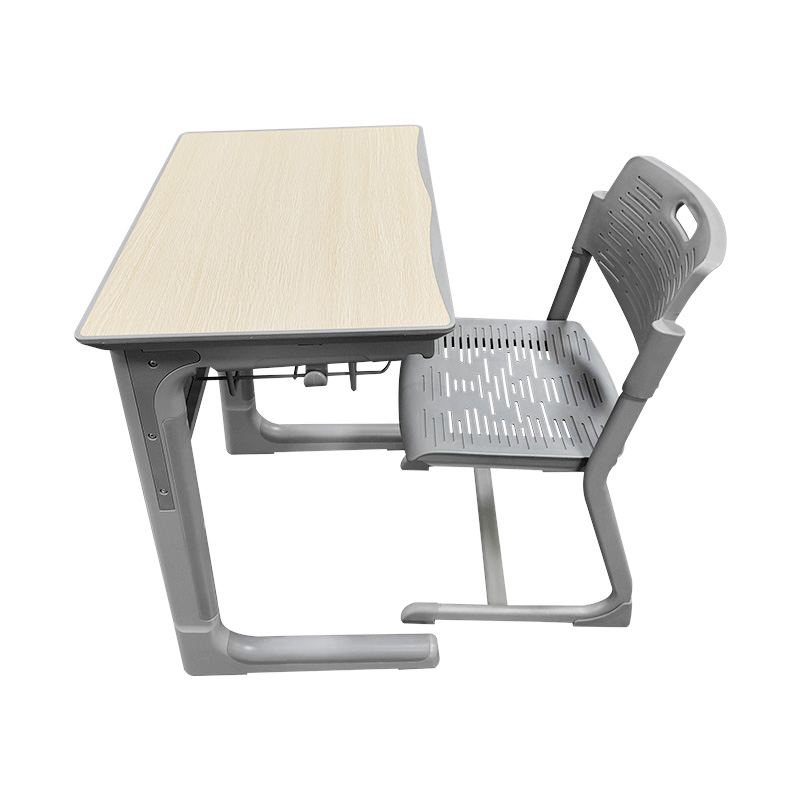
Maintaining good posture during school hours is essential for students’ comfort and overall health. Fixed height school desks and chairs play a significant role in supporting proper posture by providing a consistent and stable setup tailored to the student’s needs. Understanding how these fixed furniture pieces contribute to posture can help educators and schools make better decisions when furnishing classrooms.
Fixed height school desks and chairs are designed with specific dimensions that accommodate the average body measurements of students within certain age groups or grade levels. By matching the desk height with the chair height appropriately, students can sit with their feet flat on the floor and their backs supported against the chair’s backrest. This alignment is important for reducing strain on the spine and encouraging an upright sitting position.
One way fixed height school desks and chairs support student posture is through their stable and uniform structure. Unlike adjustable furniture, fixed height desks and chairs maintain consistent proportions, which helps students develop a habitual sitting posture. The fixed design prevents frequent changes in seat or desk height that could disrupt ergonomic balance and cause slouching or leaning forward.
The desk surface height in fixed height school desks is set to promote comfortable arm positioning while writing or working on tasks. When the desk height matches the chair’s seat height, students can keep their elbows bent at approximately 90 degrees, minimizing shoulder and neck tension. This positioning reduces the risk of fatigue during extended periods of study and helps maintain focus.
Back support is another important factor in how fixed height school chairs aid posture. Many fixed height chairs feature a backrest designed to support the natural curve of the lower spine. This support encourages students to avoid hunching over their desks and helps maintain spinal alignment. Proper back support is crucial in preventing long-term posture problems, especially for growing children.
Fixed height school desks and chairs also contribute to posture by promoting proper seating habits in a classroom setting. With uniform desk and chair sizes, teachers can encourage students to sit in positions that facilitate concentration and reduce distractions caused by discomfort. The consistency across seating helps create an environment where students can focus more effectively on learning.
While fixed height furniture may not offer the flexibility of adjustable models, it provides a cost-effective and durable solution for many educational institutions. When selected carefully to match the student population’s average size, fixed height school desks and chairs can adequately support posture and comfort. It is important, however, for schools to periodically assess furniture suitability as students grow or grade levels change.
In addition to posture support, fixed height school desks and chairs contribute to classroom organization and safety. The standardized sizes simplify arranging desks in rows or groups, allowing for better supervision and movement within the room. Stable furniture also reduces the risk of accidents caused by unstable or improperly adjusted desks and chairs.
Fixed height school desks and chairs support student posture by providing stable, well-proportioned seating that aligns with ergonomic principles. Through appropriate desk and chair heights, back support, and consistent structure, these furniture pieces help students maintain healthy sitting positions during school activities. Schools that consider these factors when selecting fixed height desks and chairs can create more comfortable and productive learning environments. Understanding the role of fixed height school desks and chairs in posture support highlights their value in educational settings.


 English
English русский
русский Español
Español عربى
عربى
